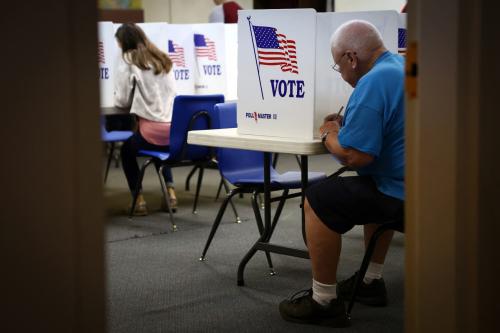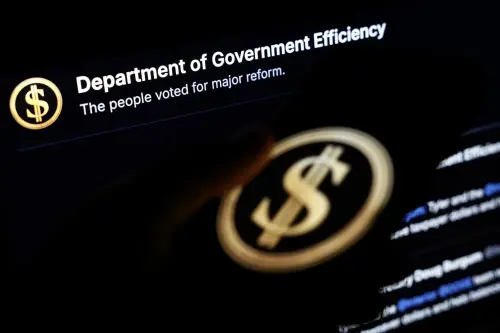To see more Elections101 videos, visit https://www.brookings.edu/elections101.
Thirty-three states have voted for the same party in the past five presidential elections, and 40 of the 50 states have voted for the same party since 2000. Predictability like this means that many states can essentially be written off, far in advance of Election Day, as a sure win by one or the other candidate. The remaining battleground states, or swing states, are the focus of presidential campaigns. Seventy-five percent or more of a presidential candidate’s spending occurs in these key states.
In a new video, John Hudak explains why swing states are so important and what presidential candidates can do in order to win their electoral votes. John Hudak is the Deputy Director of the Governance Studies program and has extensively researched topics related to campaigns and elections. In a recent blog post, he explains how demographic changes in the U.S. can affect the voting outcomes of swing states. These swing states, as Hudak explains in the video below, are key for any presidential candidate to get the required 270 electoral votes needed to win the election.
Watch the full video for more information on what makes a state a swing state and why presidential candidates choose to spend a majority of their money and time in these battleground spots.
The Brookings Institution is committed to quality, independence, and impact.
We are supported by a diverse array of funders. In line with our values and policies, each Brookings publication represents the sole views of its author(s).










Commentary
Why are swing states important?
September 28, 2016